|
#1
| |||
| |||
|
I am appearing GATE exam this year can you please give me detailed syllabus and previous exam papers? Mention me some sites to get more matter on this exam.
|
|
#2
| |||
| |||
|
You are looking for the syllabus for Aerospace Engineering (Ae) Here I am uploading a PDF file for complete syllabus. The syllabus has that type of information: Linear Algebra: Matrix algebra, systems of linear equations, eigen values and eigen vectors. Calculus: Functions of single variable, limit, continuity and differentiability, mean value theorems, evaluation of definite and improper integrals, partial derivatives, total derivative, maxima and minima, gradient, divergence and curl, vector identities, directional derivatives, line, surface and volume integrals. Theorems of Stokes, Gauss and Green.
__________________ Answered By StudyChaCha Member |
|
#3
| |||
| |||
|
You are looking for the syllabus for Aerospace Engineering (Ae) Here I am providing you the complete syllabus. The syllabus has that type of information: SYLLABUS FOR AEROSPACE ENGINEERING (AE) Engineering Mathematics Linear Algebra: Matrix algebra, systems of linear equations, eigen values and eigen vectors. Calculus: Functions of single variable, limit, continuity and differentiability, mean value theorems, evaluation of definite and improper integrals, partial derivatives, total derivative, maxima and minima, gradient, divergence and curl, vector identities, directional derivatives, line, surface and volume integrals. Theorems of Stokes, Gauss and Green. Differential Calculus: First order linear and nonlinear equations, higher order linear ODEs with constant coefficients, Cauchy and Euler equations, initial and boundary value problems, Laplace transforms. Partial differential equations and separation of variables methods. Numerical methods: Numerical solution of linear and nonlinear algebraic equations, integration by trapezoidal and Simpson rule, single and multi-step methods for differential equations. Flight Mechanics Atmosphere: Properties, standard atmosphere. Classification of aircraft. Airplane (fixed wing aircraft) configuration and various parts. Airplane performance: Pressure altitude; equivalent, calibrated, indicated air speeds; Primary flight instruments: Altimeter, ASI, VSI, Turn-bank indicator. Drag polar; take off and landing; steady climb & descent,-absolute and service ceiling; cruise, cruise climb, endurance or loiter; load factor, turning flight, V-n diagram; Winds: head, tail & cross winds. Static stability: Angle of attack, sideslip; roll, pitch & yaw controls; longitudinal stick fixed & free stability, horizontal tail position and size; directional stability, vertical tail position and size; dihedral stability. Wing dihedral, sweep & position; hinge moments, stick forces. Dynamic stability: Euler angles; Equations of motion; aerodynamic forces and moments, stability & control derivatives; decoupling of longitudinal and lat-directional dynamics; longitudinal modes; lateral-directional modes. Space Dynamics Central force motion, determination of trajectory and orbital period in simple cases. Orbit transfer, in-plane and out-of-plane. Elements of rocket motor performance. Aerodynamics Basic Fluid Mechanics: Incompressible irrotational flow, Helmholtz and Kelvin theorem, singularities and superposition, viscous flows, boundary layer on a flat plate. Airfoils and wings: Classification of airfoils, aerodynamic characteristics, high lift devices, Kutta Joukowski theorem; lift generation; thin airfoil theory; wing theory; induced drag; qualitative treatment of low aspect ratio wings. Viscous Flows: Flow separation, introduction to turbulence, transition, structure of a turbulent boundary layer. Compressible Flows: Dynamics and Thermodynamics of I-D flow, isentropic flow, normal shock, oblique shock, Prandtl-Meyer flow, flow in nozzles and diffusers, inviscid flow in a c-d nozzle, flow in diffusers. subsonic and supersonic airfoils, compressibility effects on lift and drag, critical and drag divergence Mach number, wave drag. Wind Tunnel Testing: Measurement and visualisation techniques. Structures Stress and Strain: Equations of equilibrium, constitutive law, strain-displacement relationship, compatibility equations, plane stress and strain, Airy's stress function. Flight Vehicle Structures: Characteristics of aircraft structures and materials, torsion, bending and flexural shear. Flexural shear flow in thin-walled sections. Buckling. Failure theories. Loads on aircraft. Structural Dynamics: Free and forced vibration of discrete systems. Damping and resonance. Dynamics of continuous systems. Propulsion Thermodynamics of Aircraft Gas Turbine engines, thrust and thrust augmentation. Turbomachinery: Axial compressors and turbines, centrifugal pumps and compressors. Aerothermodynamics of non rotating propulsion components: Intakes, combustor and nozzle. Thermodynamics of ramjets and scramjets. Elements of rocket propulsion.
__________________ Answered By StudyChaCha Member |
|
#4
| ||||
| ||||
| Here i am giving IIT GATE Syllabus for the Electronics & Communication stream. Electronics and Communication Engineering Networks: Network graphs: matrices associated with graphs; incidence, fundamental cut set and fundamental circuit matrices. Solution methods: nodal and mesh analysis. Network theorems: superposition, Thevenin and Norton’s maximum power transfer, Wye-Delta transformation. Steady state sinusoidal analysis using phasors. Linear constant coefficient differential equations; time domain analysis of simple RLC circuits, Solution of network equations using Laplace transform: frequency domain analysis of RLC circuits. 2-port network parameters: driving point and transfer functions. State equations for networks. Electronic Devices: Energy bands in silicon, intrinsic and extrinsic silicon. Carrier transport in silicon: diffusion current, drift current, mobility, and resistivity. Generation and recombination of carriers.p-n junction diode, Zener diode, tunnel diode, BJT, JFET, MOS capacitor, MOSFET, LED, p-I-n and avalanche photo diode, Basics of LASERs. Graduate Aptitude Test in Engineering GATE 2014 Brochure technology: integrated circuits fabrication process, oxidation, diffusion, ion implantation, photolithography, n-tub, p-tub and twin-tub CMOS process. Analog Circuits:Small Signal Equivalent circuits of diodes, BJTs, MOSFETs and analog CMOS. Simple diode circuits, clipping, clamping, rectifier. Biasing and bias stability of transistor and FET amplifiers. Amplifiers: single-and multi-stage, differential and operational, feedback, and power. Frequency response of amplifiers. Simple op-amp circuits. Filters. Sinusoidal oscillators; criterion for oscillation; single-transistor and op-amp configurations. Function generators and wave-shaping circuits, 555 Timers. Power supplies. Digital circuits:Boolean algebra, minimization of Boolean functions; logic gates; digital IC families (DTL, TTL, ECL, MOS, CMOS). Combinatorial circuits: arithmetic circuits, code converters, multiplexers, decoders, PROMs and PLAs. Sequential circuits: latches and flip-flops, counters and shift-registers. Sample and hold circuits, ADCs, DACs. Semiconductor memories.Microprocessor(8085): architecture, programming, memory and I/O interfacing. Signals and Systems: Definitions and properties of Laplace transform, continuous-time and discrete-time Fourier series, continuous-time and discrete-time Fourier Transform, DFT and FFT, z-transform. Sampling theorem. Linear Time-Invariant (LTI) Systems: definitions and properties; causality, stability, impulse response, convolution, poles and zeros, parallel and cascade structure, frequency response, group delay, phase delay. Signal transmission through LTI systems. Control Systems: Basic control system components; block diagrammatic description, reduction of block diagrams. Open loop and closed loop (feedback) systems and stability analysis of these systems. Signal flow graphs and their use in determining transfer functions of systems; transient and steady state analysis of LTI control systems and frequency response. Tools and techniques for LTI control system analysis: root loci, Routh-Hurwitz criterion, Bode and Nyquist plots. Control system compensators: elements of lead and lag compensation, elements of Proportional-Integral-Derivative (PID) control. State variable representation and solution of state equation of LTI control systems. Communications: Random signals and noise: probability, random variables, probability density function, autocorrelation, power spectral density. Analog communication systems: amplitude and angle modulation and demodulation systems, spectral analysis of these operations, superheterodyne receivers; elements of hardware, realizations of analog communication systems; signal-to-noise ratio (SNR) calculations for amplitude modulation (AM) and frequency modulation (FM) for low noise conditions. Fundamentals of information theory and channel capacity theorem. Digital communication systems: pulse code modulation (PCM), differential pulse code modulation (DPCM), digital modulation schemes: amplitude, phase and frequency shift keying schemes (ASK, PSK, FSK), matched filter receivers, bandwidth consideration and probability of error calculations for these schemes. Basics of TDMA, FDMA and CDMA and GSM. Electromagnetics: Elements of vector calculus: divergence and curl; Gauss’ and Stokes’ theorems, Maxwell’s equations: differential and integral forms. Wave equation, Poynting vector. Plane waves: propagation through various media; reflection and refraction; phase and group velocity; skin depth. Transmission lines: characteristic impedance; impedance transformation; Smith chart; impedance matching; S parameters, pulse excitation. Waveguides: modes in rectangular waveguides; boundary conditions; cut 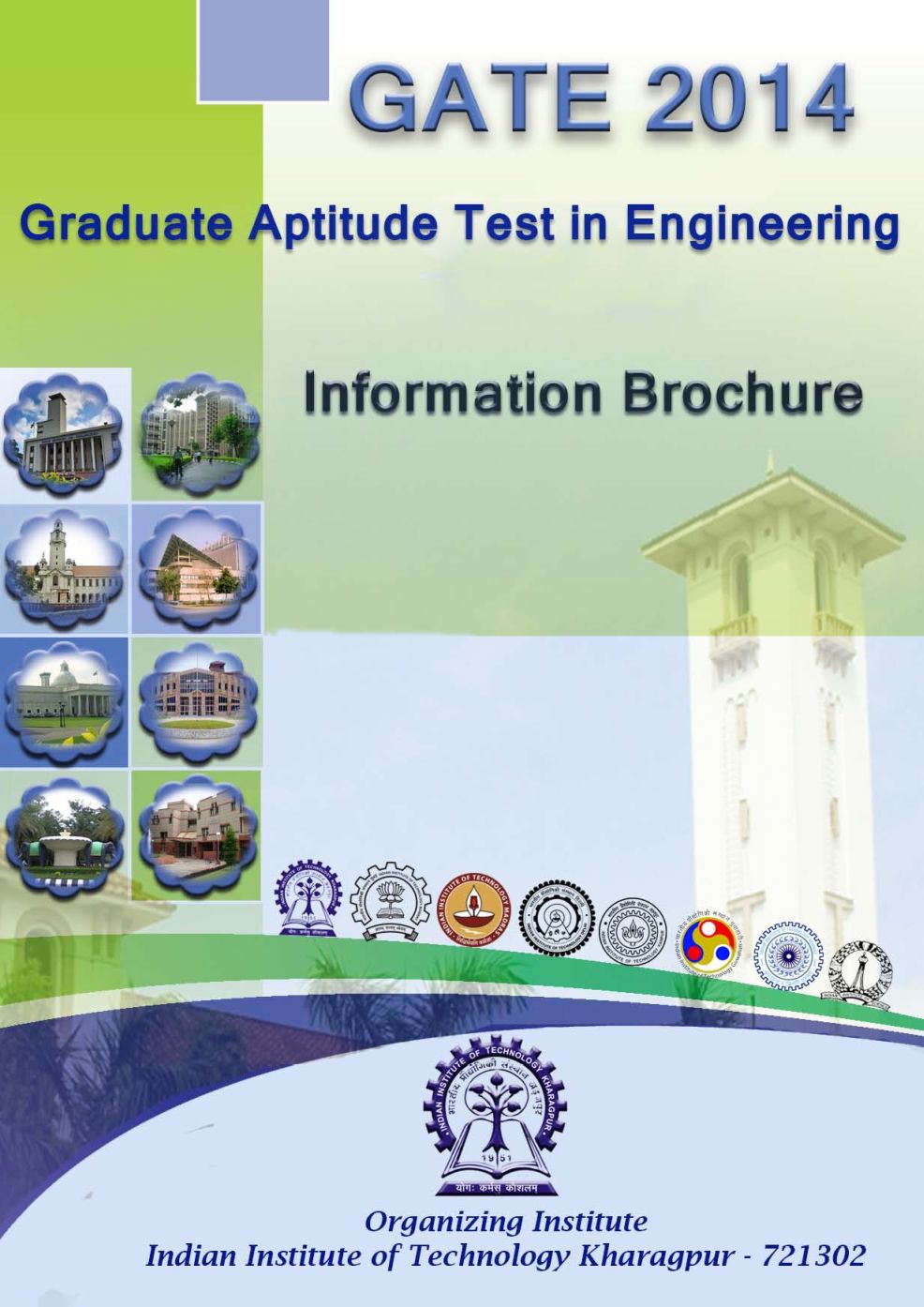  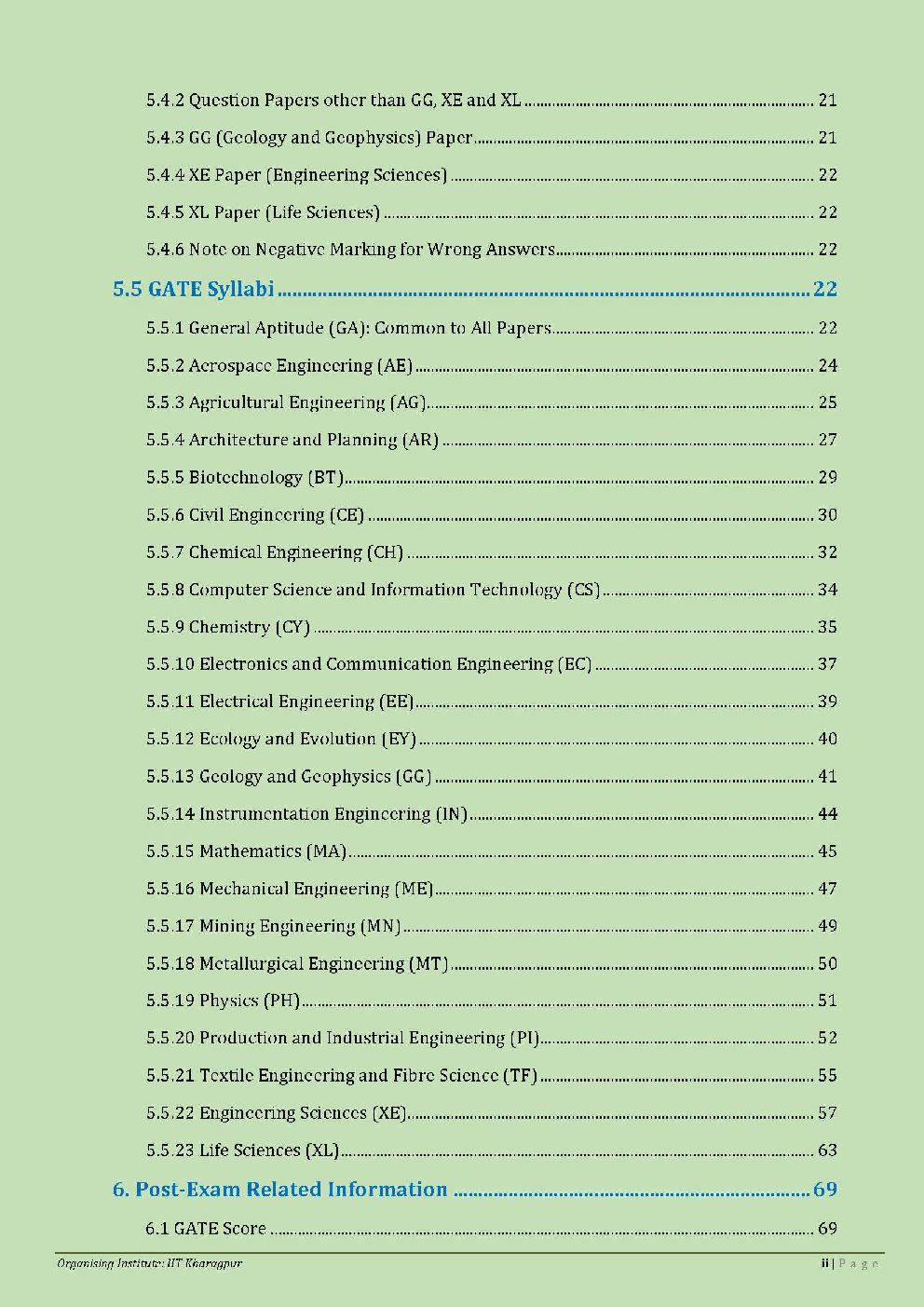 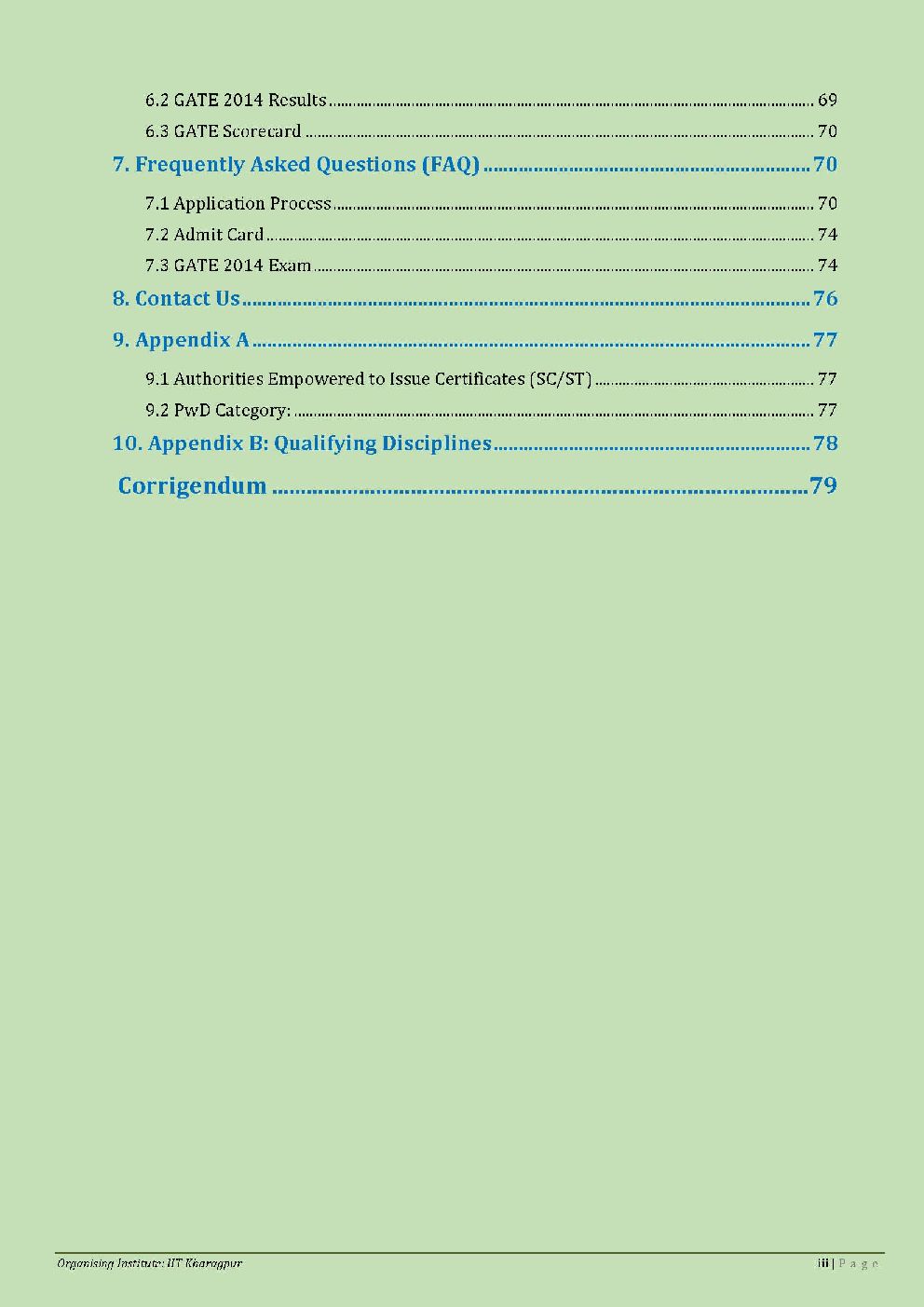 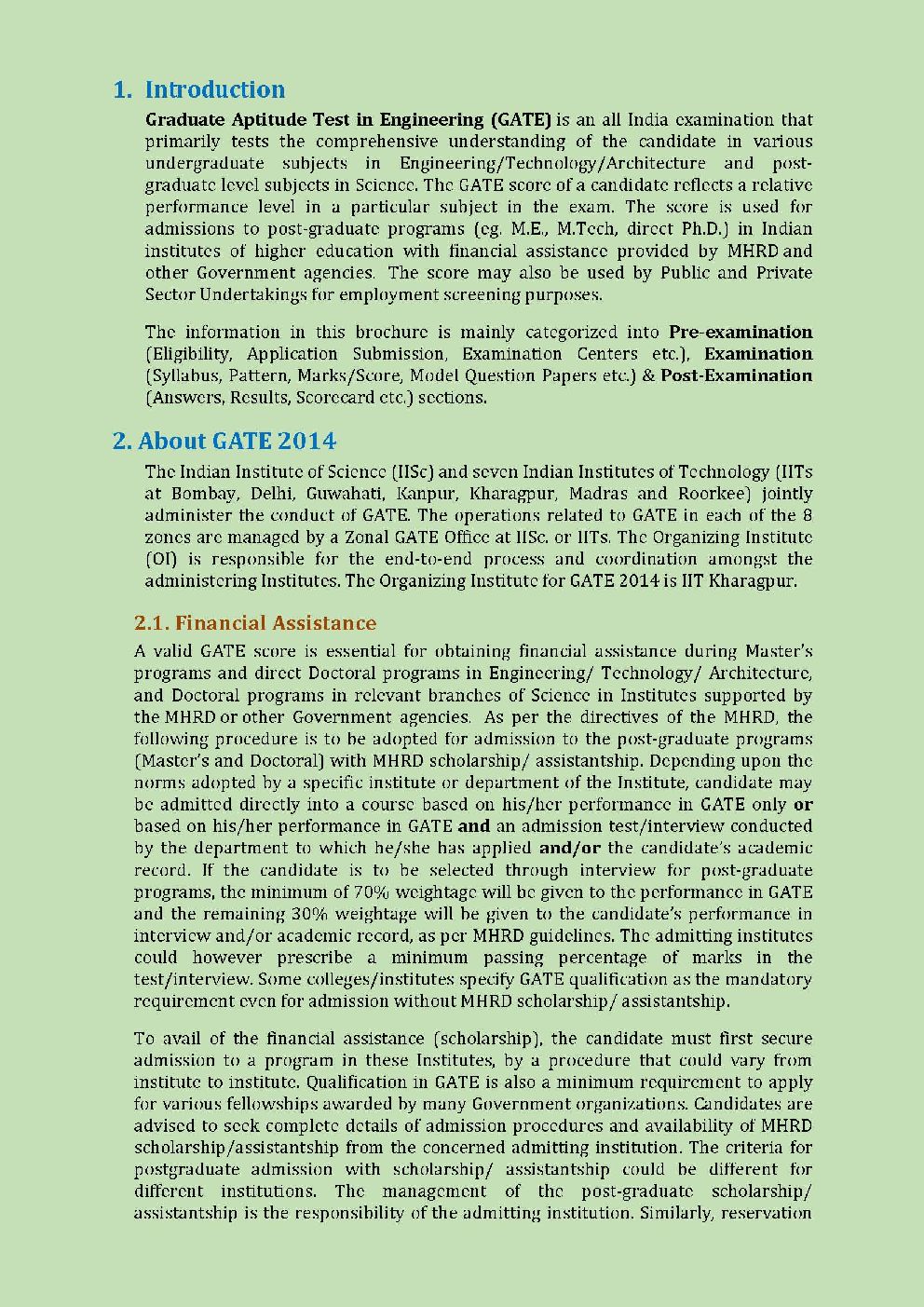  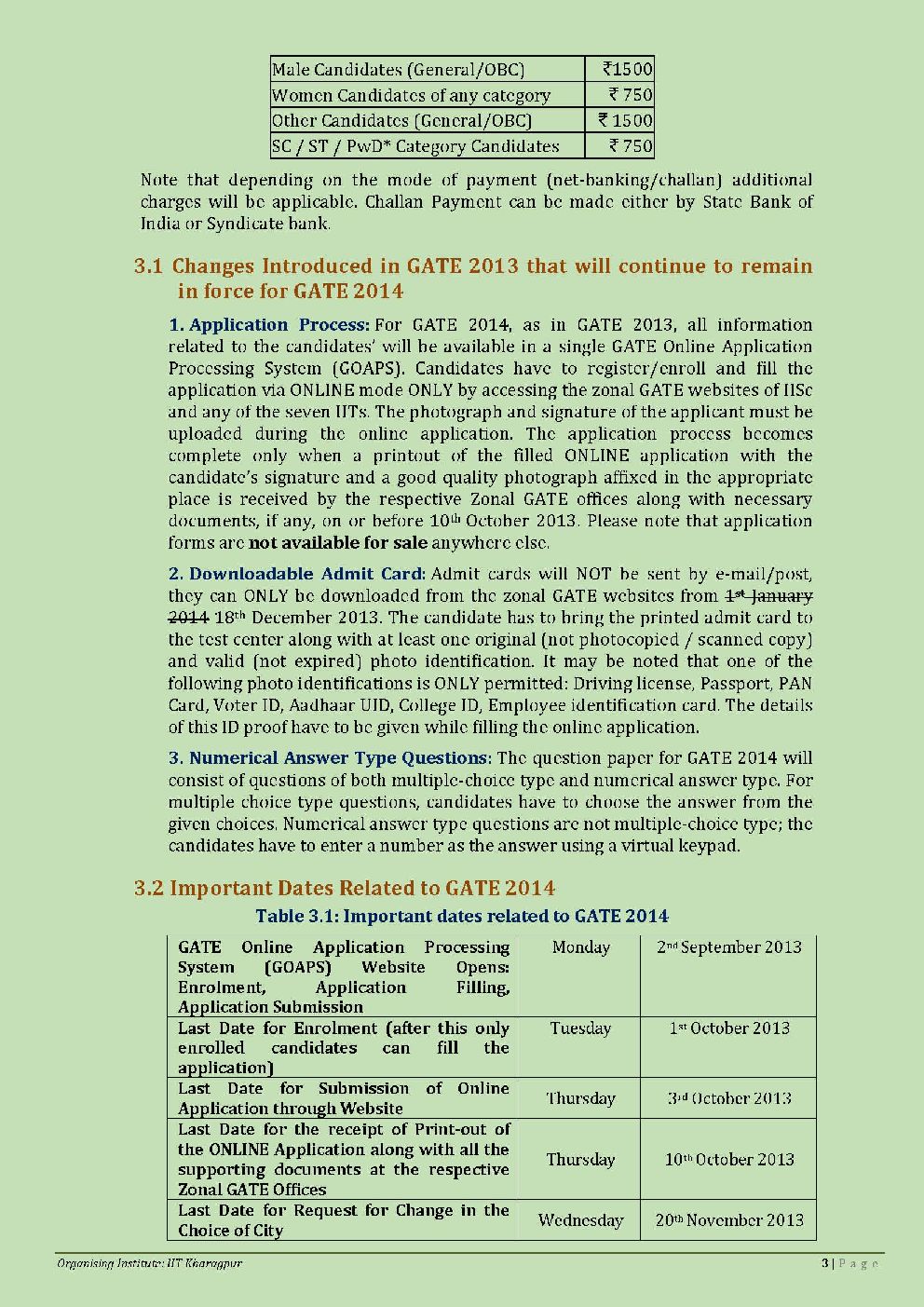 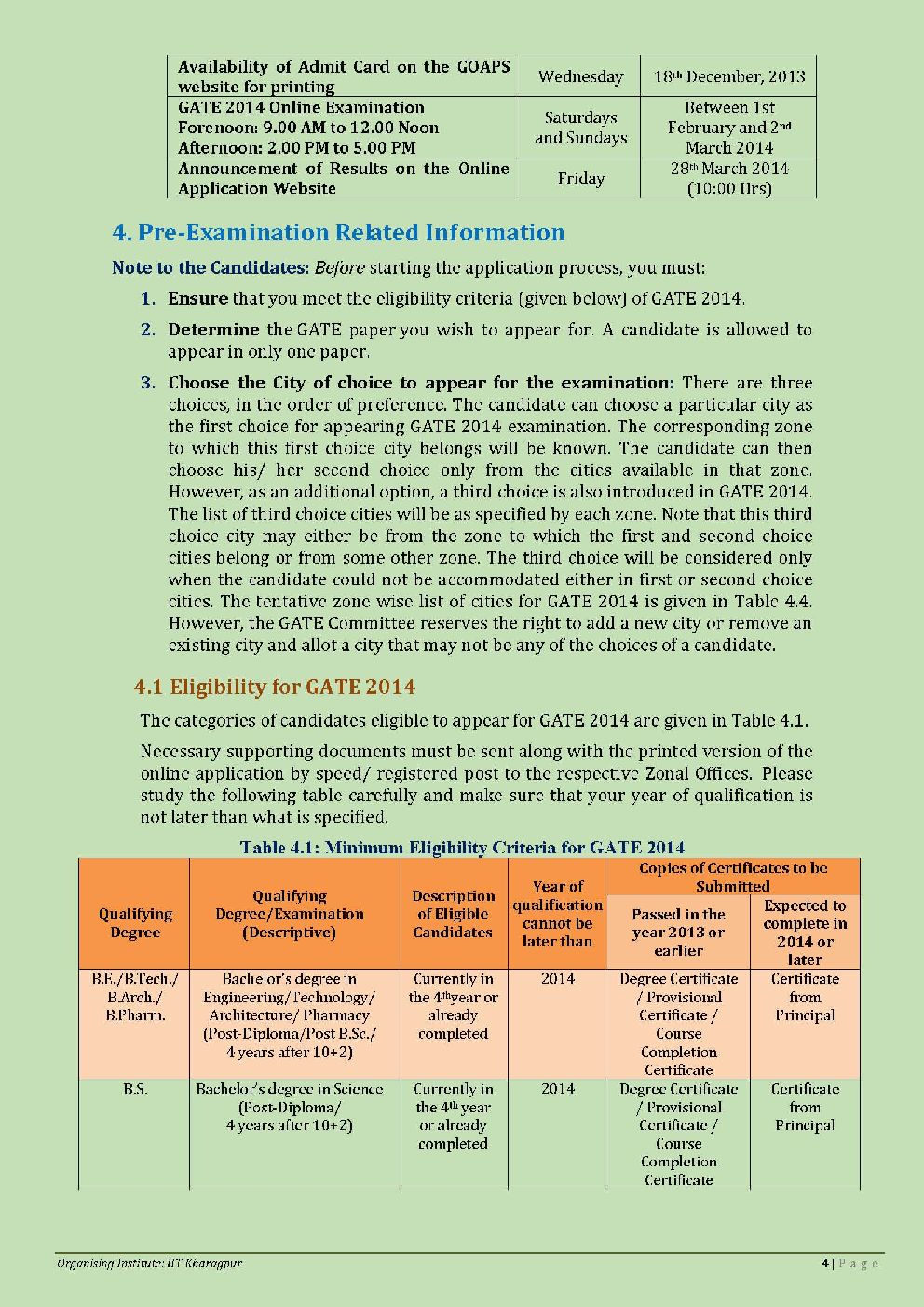 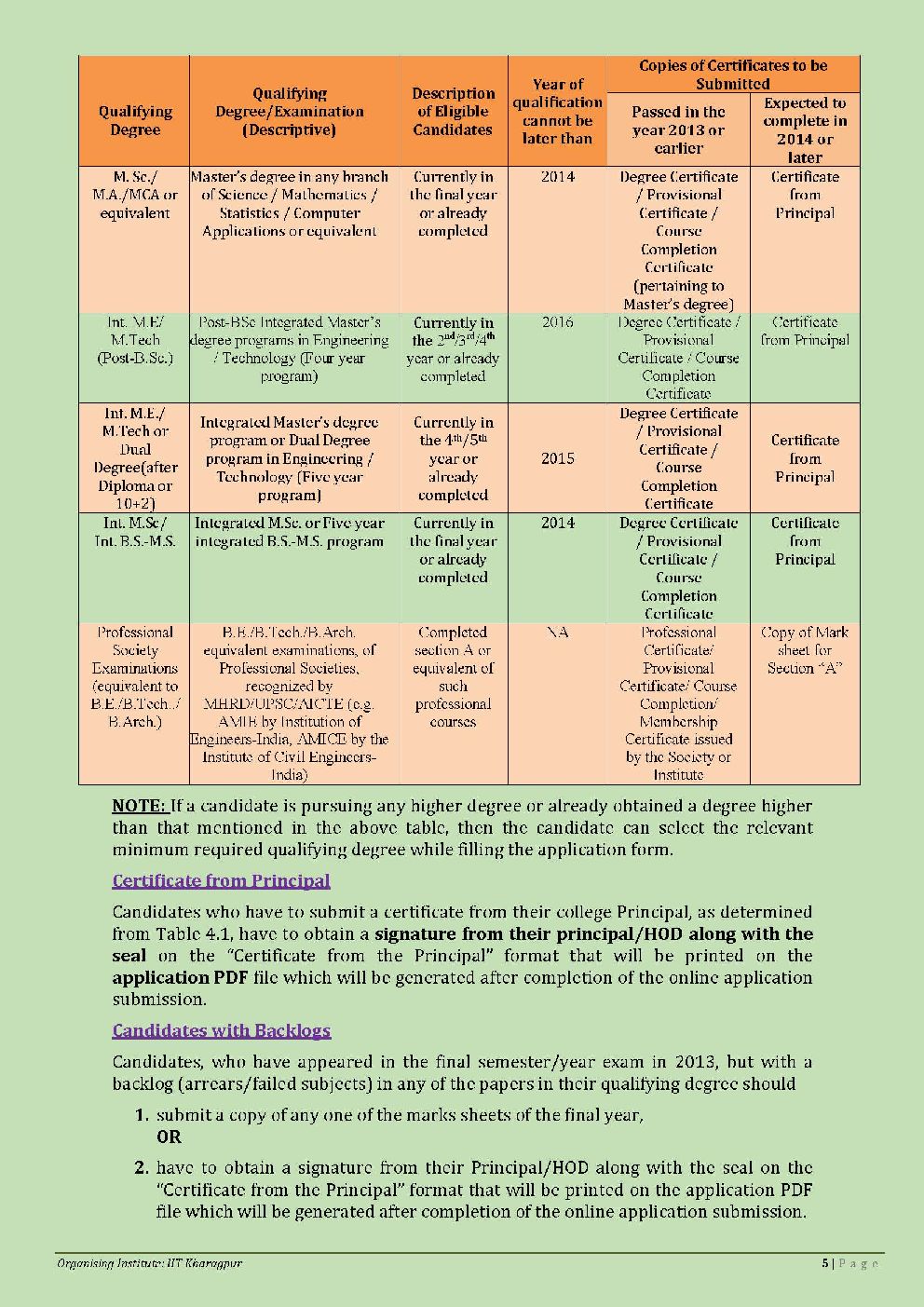 For the detailed information related to GATE exam , here i am giving attachment
__________________ Answered By StudyChaCha Member |
|
#6
| |||
| |||
|
As you required for the of Gate Syllabus for Computer Science & Information Technology, here I am sharing the same: Syllabus for Computer Science and Information Technology (CS) ENGINEERING MATHEMATICS Mathematical Logic: Propositional Logic; First Order Logic. Probability: Conditional Probability; Mean, Median, Mode and Standard Deviation; Random Variables; Distributions; uniform, normal, exponential, Poisson, Binomial. Set Theory & Algebra: Sets; Relations; Functions; Groups; Partial Orders; Lattice; Boolean Algebra. Combinatory: Permutations; Combinations; Counting; Summation; generating functions; recurrence relations; asymptotics. Graph Theory: Connectivity; spanning trees; Cut vertices & edges; covering; matching; independent sets; Colouring; Planarity; Isomorphism. Linear Algebra: Algebra of matrices, determinants, systems of linear equations, Eigen values and Eigen vectors. Numerical Methods: LU decomposition for systems of linear equations; numerical solutions of non-linear algebraic equations by Secant, Bisection and Newton-Raphson Methods; Numerical integration by trapezoidal and Simpson’s rules. Calculus: Limit, Continuity & differentiability, Mean value Theorems, Theorems of integral calculus, evaluation of definite & improper integrals, Partial derivatives, Total derivatives, maxima & minima. COMPUTER SCIENCE AND INFORMATION TECHNOLOGY Digital Logic: Logic functions, Minimization, Design and synthesis of combinational and sequential circuits; Number representation and computer arithmetic (fixed and floating point). Computer Organization and Architecture: Machine instructions and addressing modes, ALU and data-path, CPU control design, Memory interface, I/O interface (Interrupt and DMA mode), Instruction pipelining, Cache and main memory, Secondary storage. Programming and Data Structures: Programming in C; Functions, Recursion, Parameter passing, Scope, Binding; Abstract data types, Arrays, Stacks, Queues, Linked Lists, Trees, Binary search trees, Binary heaps. Algorithms: Analysis, Asymptotic notation, Notions of space and time complexity, Worst and average case analysis; Design: Greedy approach, Dynamic programming, Divide-and-conquer; Tree and graph traversals, Connected components, Spanning trees, Shortest paths; Hashing, Sorting, Searching. Asymptotic analysis (best, worst, average cases) of time and space, upper and lower bounds, Basic concepts of complexity classes – P, NP, NP-hard, NP-complete. Theory of Computation: Regular languages and finite automata, Context free languages and Push-down automata, Recursively enumerable sets and Turing machines, Undecidability. Compiler Design: Lexical analysis, Parsing, Syntax directed translation, Runtime environments, Intermediate and target code generation, Basics of code optimization. Operating System: Processes, Threads, Inter-process communication, Concurrency, Synchronization, Deadlock, CPU scheduling, Memory management and virtual memory, File systems, I/O systems, Protection and security. Databases: ER-model, Relational model (relational algebra, tuple calculus), Database design (integrity constraints, normal forms), Query languages (SQL), File structures (sequential files, indexing, B and B+ trees), Transactions and concurrency control. Information Systems and Software Engineering: information gathering, requirement and feasibility analysis, data flow diagrams, process specifications, input/output design, process life cycle, planning and managing the project, design, coding, testing, implementation, maintenance. Computer Networks: ISO/OSI stack, LAN technologies (Ethernet, Token ring), Flow and error control techniques, Routing algorithms, Congestion control, TCP/UDP and sockets, IP(v4), Application layer protocols (icmp, dns, smtp, pop, ftp, http); Basic concepts of hubs, switches, gateways, and routers. Network security – basic concepts of public key and private key cryptography, digital signature, firewalls. Web technologies: HTML, XML, basic concepts of client-server computing.
__________________ Answered By StudyChaCha Member |